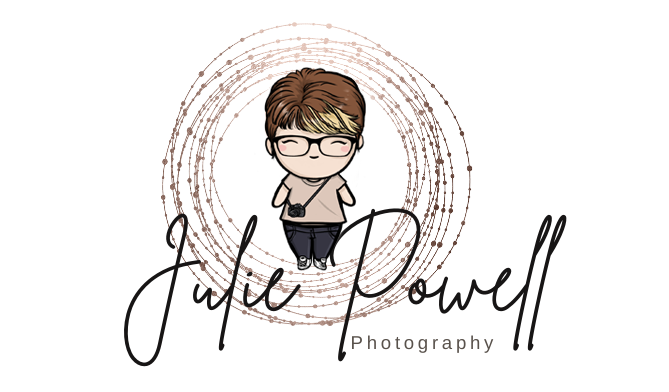Understanding Lenses: A Beginner's Guide to Focal Length and Aperture
Ever wondered why some photos look wide and expansive, while others are zoomed in and detailed? Or why are some images bright and clear while others seem to blur more? The answer lies in the lens, a crucial component of any camera. Let’s take a look at two key concepts: focal length and aperture.
Focal Length: Zooming In and Out
Focal length, measured in millimetres (mm), determines how much a lens can capture a scene.
Wide-angle lenses (16-35mm): These lenses capture a wide field of view, making them ideal for landscapes, architecture, and group photos.
Standard lenses (35-50mm): These lenses offer a natural perspective, similar to human vision. They’re versatile and suitable for various subjects.
Telephoto lenses (70-200mm): These lenses magnify distant subjects, making them perfect for wildlife, sports, and portrait photography.
the wider the aperture the more light is let in, but has a smaller depth of field (more blur)
Aperture: Controlling Light and Depth of Field
The aperture, measured in f-stops (e.g., f/2.8, f/4, f/8), controls the amount of light entering the lens. It also affects the depth of field, which is the area of the image that appears sharp. Also the f/stops get a little confusing at first the smaller the number (like f/2.8) the lower the f-stop and wider the aperture. Likewise a larger number (say f/16) the higher the f/stop and the narrow the aperture.
A wide aperture (low f-number): More light enters the lens, creating a shallow depth of field. This isolates the subject from the background, making it ideal for portraits.
Narrow aperture (high f-number): Less light enters the lens, creating a deep depth of field. This keeps more of the image in focus, perfect for landscapes and group photos.
Choosing the Right Lens
When selecting a lens, consider your photography style and subject matter.
Landscape photographers: Wide-angle lenses are essential for capturing expansive vistas.
Portrait photographers: Telephoto lenses with wide apertures are ideal for isolating subjects and creating beautiful bokeh (background blur). Or a good 50mm lens can do wonders for portraits
Wildlife photographers: Long telephoto lenses are necessary for capturing distant animals.
General photographers: A versatile zoom lens can cover a wide range of focal lengths.
Street photographers: many street photographers use a 35mm or 50mm lens
Remember, the best lens is the one you use. Experiment with different focal lengths and apertures to find what works best for you. With practice, you’ll develop a keen eye for composition and lighting. And don’t be afraid to mix things up, shoot nature or portraits with a wide-angle or street with a telephoto etc. So, grab your camera, explore the world, and let your creativity flow!
Want to find out more about aperture? Check out this article








